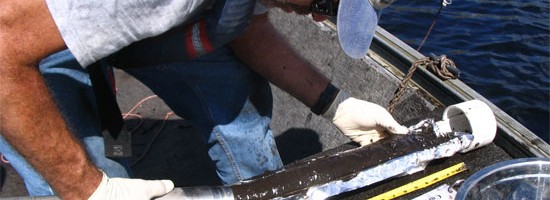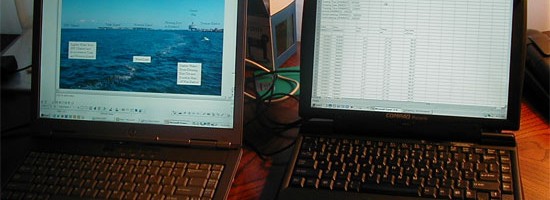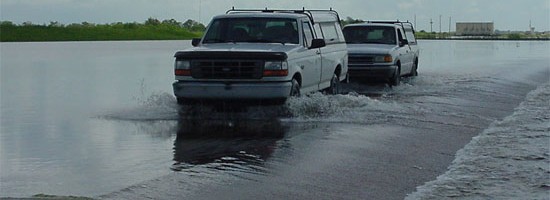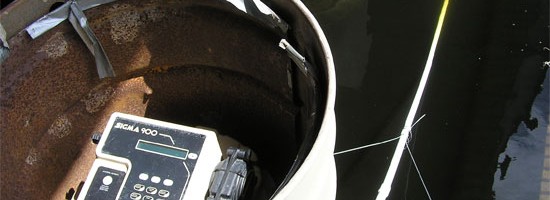Overview
One of the most ambitious environmental undertakings ever attempted is the restoration of the Everglades ecosystem. Major aspects of this effort include re-plumbing the hydrology and reducing nutrient inputs, particularly phosphorus, to areas that historically have had very low concentrations. Associated farmland reclamation can be a continuing source of agricultural chemicals including toxic insecticides, herbicides, and their degradation products. Many stakeholders are involved with the movement of water and waterborne chemicals through this intensely managed system. Under contract with the U.S. Army Corps of Engineers, Water & Air has performed several long-term and one-time water quality monitoring projects in the greater Everglades ecosystem. Most of these projects dealt with nutrient transport via pumping, nutrient reduction by treatment areas, potential contaminant mobilization from former farms and from sediments to be dredged, and assessing chemical bioaccumulation issues.
Task Summary
- Monitored and established 12 sampling stations for the Cape Sable Seaside Sparrow sites including autosamplers, collecting daily composite samples and recording data from multi-parameter field meters at 15-minute intervals.
- Monitored surface water quality for chemicals and bacteria to ensure Scuba diver safety during exposures at the Hoover Dike Quarries, Performed sediment and water sampling for the L-40 Canal Widening Project west of Wellington, Florida. Evaluated potential release of sediment bound contaminants, including pesticides and metals, through the use of elutriation and other procedures for the same project.
- Monitored inflows and outflows at the 10 Mile Creek Reservoir and Treatment Area to determine nutrient removal efficiency and whether pesticides were being mobilized from former agricultural land.
- Collected water samples for nutrients and in situ parameters in case discharge at Structures 355A & B became necessary, potentially impacting water quality in Everglades National Park.
Results
Water quality monitoring for the Cape Sable Seaside Sparrow and the Conservation Area provided permit compliance documentation of nutrients and other parameters in canal water that at times flowed directly into Everglades National Park. Information on the chemical and bacteriological constituents in the Hoover Dike Quarries water enabled Corps personnel to manage potential discharge impacts and for divers to select appropriate safety equipment and coverings relative to potential hazards posed by complete emersion in these water bodies. Baseline water quality was documented for the 10 Mile Creek facility and reservoir soil was tested for an extensive list of contaminants (known as the CGM-042 list). Due to engineering and/or hydrological issues, this facility did not become operational during or immediately after the term of our monitoring project.










